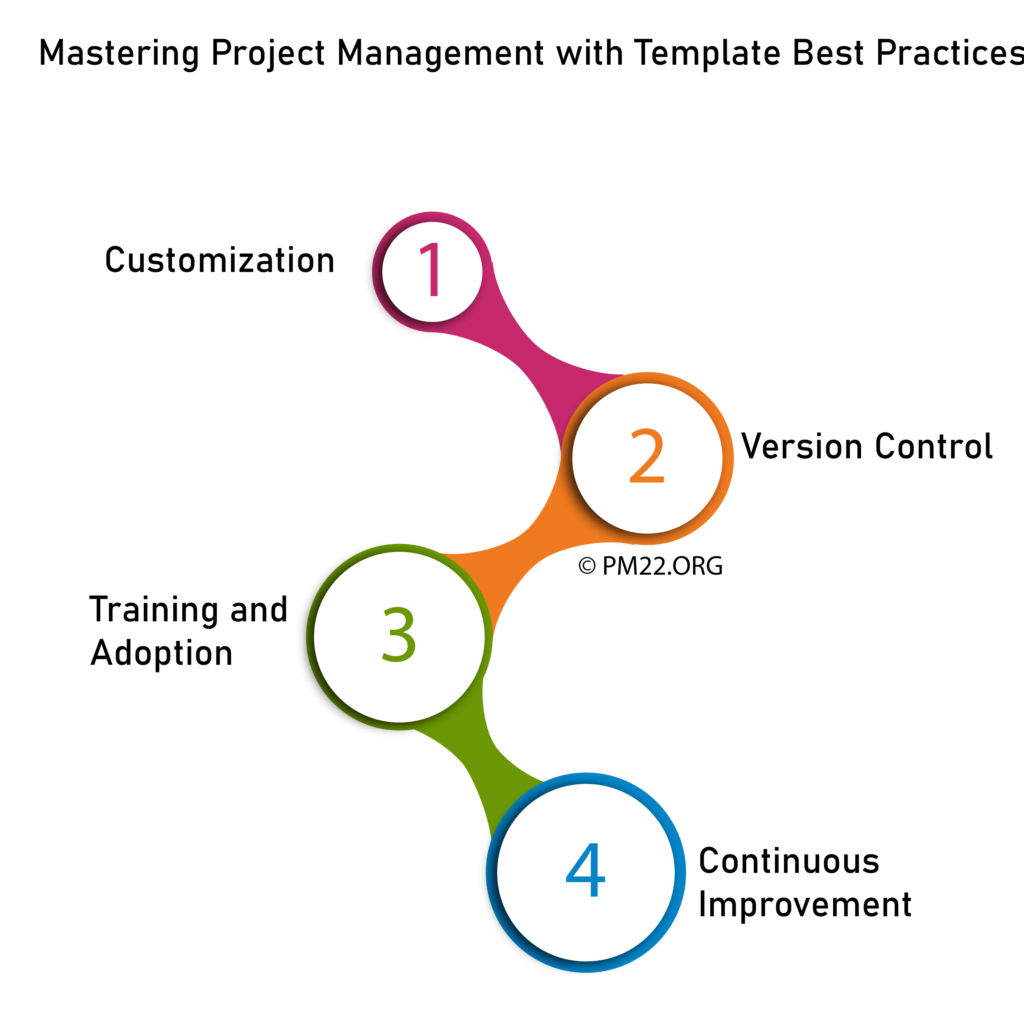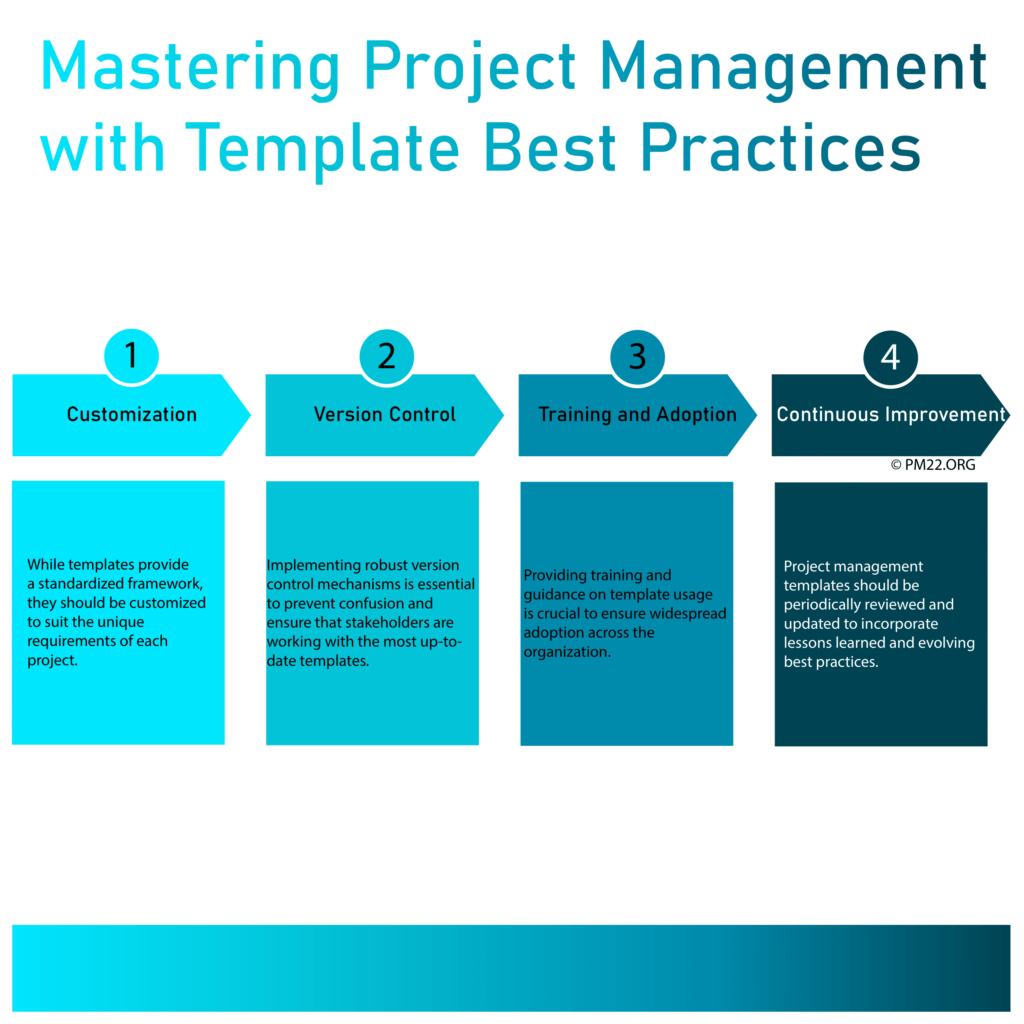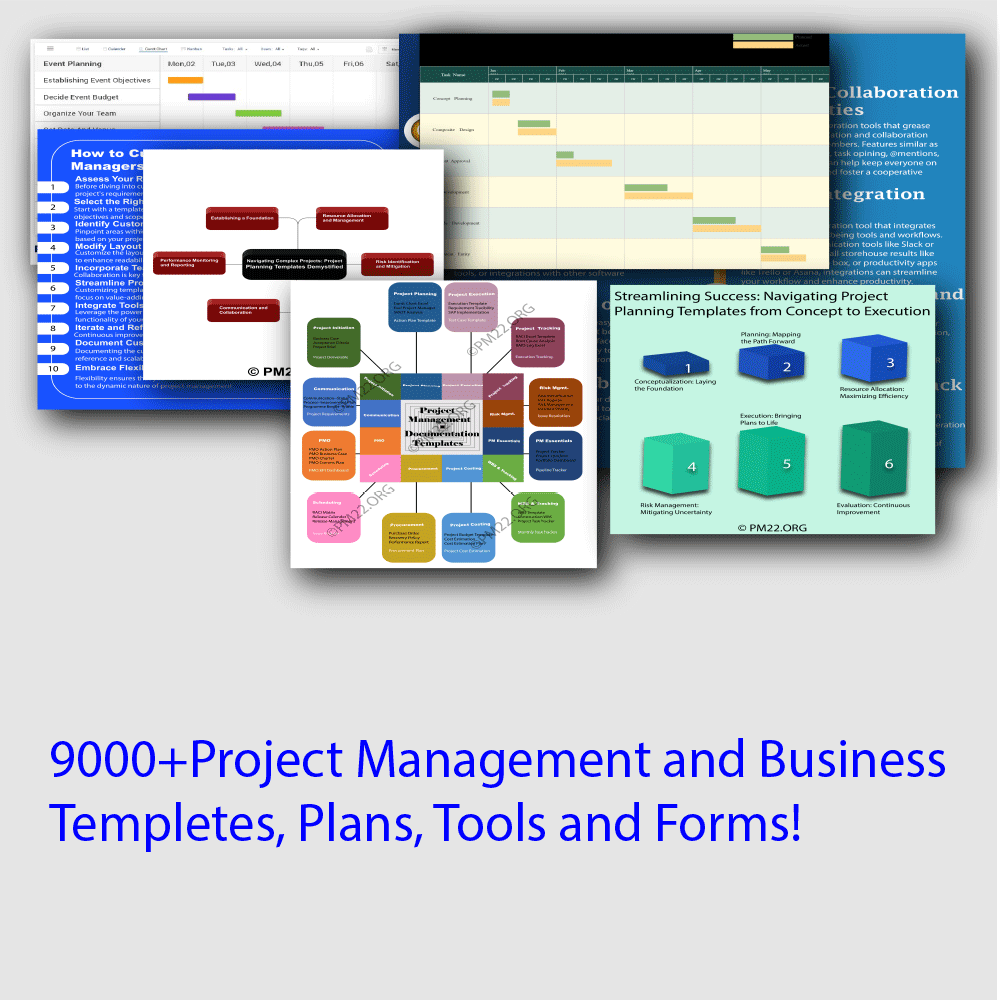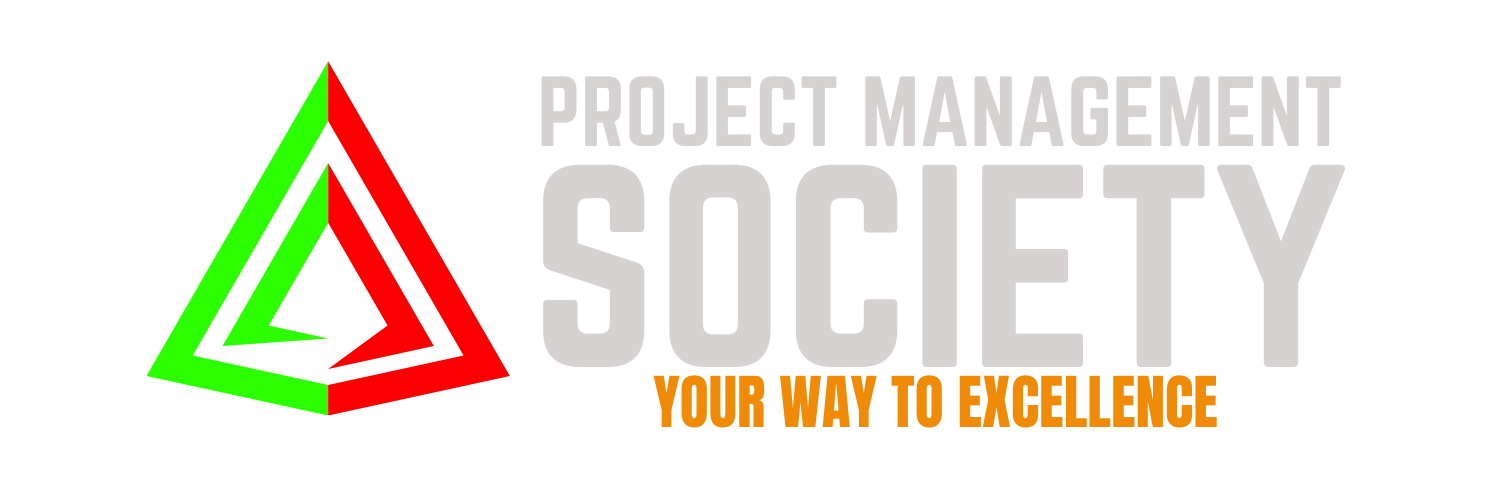 In the realm of project management, time is a precious commodity, and efficiency is the holy grail. Every project, regardless of size or complexity, requires meticulous planning, coordination, and execution to achieve success. Amidst the chaos of deadlines and deliverables, project managers often find themselves juggling numerous tasks simultaneously, seeking ways to streamline processes and maximize productivity. In this quest for efficiency, project management templates emerge as invaluable tools, offering a structured framework that accelerates project initiation, planning, and execution.
In the realm of project management, time is a precious commodity, and efficiency is the holy grail. Every project, regardless of size or complexity, requires meticulous planning, coordination, and execution to achieve success. Amidst the chaos of deadlines and deliverables, project managers often find themselves juggling numerous tasks simultaneously, seeking ways to streamline processes and maximize productivity. In this quest for efficiency, project management templates emerge as invaluable tools, offering a structured framework that accelerates project initiation, planning, and execution.
Project management templates serve as blueprints, providing a standardized format for documenting essential project details, tasks, timelines, and resources. They eliminate the need to reinvent the wheel with each new project, enabling project managers to leverage proven methodologies and best practices. Whether it’s a Gantt chart for visualizing project timelines, risk registers for identifying potential pitfalls, or a communication plan for ensuring stakeholders stay informed, templates lay the groundwork for success from the outset.
One of the primary benefits of using project management templates is consistency. By adopting standardized templates across projects, organizations can establish uniformity in processes and documentation, minimizing confusion and promoting clarity. This consistency fosters a culture of efficiency, where team members understand expectations and workflows, leading to smoother collaboration and fewer errors.
CLICK HERE TO DOWNLOAD 300+ PROJECT MANAGEMENT TEMPLATES & DOCUMENTS IN EXCEL
Moreover, templates facilitate rapid project initiation by providing a predefined structure that guides stakeholders through the initial phases of planning. Instead of starting from scratch, project managers can quickly customize templates to align with project requirements, saving valuable time and effort. This accelerated start-up process is particularly advantageous in fast-paced environments where speed is of the essence.
Another key advantage of project management templates is their ability to enhance communication and transparency. Templates such as project charters, status reports, and meeting agendas serve as communication vehicles, ensuring that all stakeholders are on the same page regarding project objectives, progress, and challenges. By establishing clear channels of communication upfront, templates help prevent misunderstandings and foster collaboration among team members.
Furthermore, project management templates promote accountability by clearly delineating roles, responsibilities, and deadlines. When tasks are documented within templates, it becomes easier to track progress, identify bottlenecks, and allocate resources effectively. This transparency empowers project managers to address issues promptly and keep projects on track, thereby minimizing the risk of delays or cost overruns.
While project management templates offer numerous benefits, mastering their usage requires adherence to best practices:
- Customization: While templates provide a standardized framework, they should be customized to suit the unique requirements of each project. Tailoring templates ensures alignment with project objectives and enhances their relevance and effectiveness.

- Version Control: Implementing robust version control mechanisms is essential to prevent confusion and ensure that stakeholders are working with the most up-to-date templates. Utilizing version control software or cloud-based collaboration tools can help maintain template integrity.
- Training and Adoption: Providing training and guidance on template usage is crucial to ensure widespread adoption across the organization. Investing in training programs and workshops can empower team members to leverage templates effectively and reap their full benefits.
CLICK HERE TO DOWNLOAD 300+ PROJECT MANAGEMENT TEMPLATES & DOCUMENTS IN EXCEL
- Continuous Improvement: Project management templates should be periodically reviewed and updated to incorporate lessons learned and evolving best practices. By embracing a culture of continuous improvement, organizations can refine their templates to reflect changing project dynamics and emerging challenges.
In conclusion, project management templates are indispensable tools for streamlining processes, enhancing communication, and driving efficiency in project execution. By mastering their usage and adhering to best practices, organizations can unlock the full potential of templates to achieve project success consistently. Embracing templates as foundational pillars of project management empowers teams to navigate complexities with confidence and deliver results that exceed expectations.
